Skincare in your 40s: How to get perfect skin in your 40s
Common Aging Skin Problems
Discoloration or Dark Spots
Dark spots or uneven skin tone are the result of sun exposure. Although there are many health problems that can cause discoloration, sun exposure and not using the right sunscreen is the common culprit.
To get an even skin tone, it is recommended to use a sunscreen that has high spf of 30+ or 50+ to protect your skin from most types of sun rays.
Sagging
Our skin is made of collagen that keeps it tight and flexible and as we age, collagen loss makes our skin saggy.
To replenish the lost collagen in our skin, it is important to eat a nutrient rich diet that helps us nourish our skin. Second, there are several anti-aging skin creams that help rejuvenate the skin.

Eye Bags or Dark Circles
Eye bags can occur when the skin below your eyes loses its elasticity, and the skin or muscles start sagging. The best remedy for eye bags is a cool compress.
Freeze two spoons overnight and in the morning place the cold stainless-steel spoons under your eyes to reduce puffiness.
Dark circles can be a result of sleep deprivation, dehydration, or genetics. Dark circles appear when the skin under the eyes becomes thin enough to cause blood vessels to appear more visible.
To treat dark circles drink plenty of water and use an under eye cream to help reduce the dark circles.
Fine lines and Wrinkles
Fine lines and wrinkles appear when your skin loses elasticity. Fine lines are superficial and mostly close to the outer layer of your skin, but wrinkles are deeper rooted.
To get rid of these, you need to start using a retinol serum or Vitamin C serum that plumps your skin and helps get rid of these signs of aging.
Dryness
Our skin is equipped with glands that produce oil to keep it safe from foreign agents and avoid dryness. As we age, the skin loses its ability to produce enough oil that maintains its appearance.
Dryness can cause a myriad of skin problems such as flakiness, wrinkling, dual skin tone, freckles, and many other problems.
To avoid dryness, it is essential to use a moisturizer that hydrates and plumps the skin and creates a protective shield between skin and the environment.
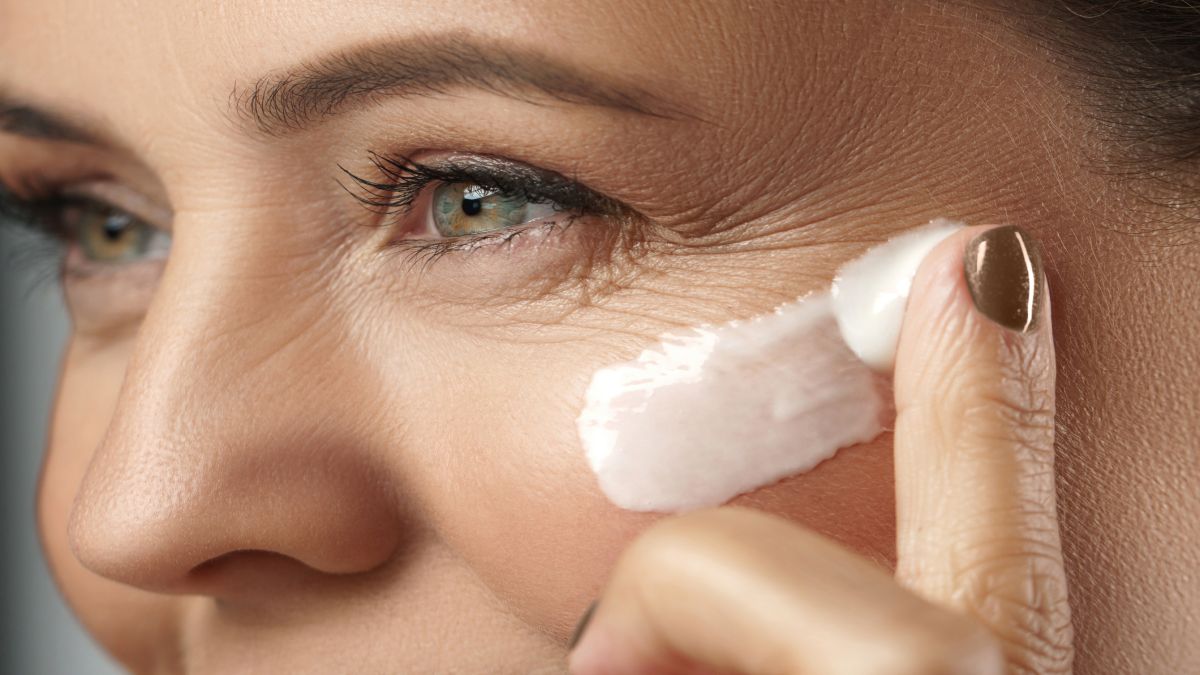
Understanding the Right Skincare Products
Once you understand your skin, you can find a good skincare routine that can help you look your best. Here is a guide to help you understand the common types of skincare products available on the market and which ones you need.
1. Cleanser or Face Wash
Our skin naturally has a thin film of oil that can trap dirt, bacteria or makeup in tiny pores of our skin. Cleanser clears your skin of dust, dirt, oil, and makeup residue.
A good cleanser can help you clean your skin by penetrating the pores and washing away the sticky grime causing skin problems. A cleanser face wash can also do the same as it washes away the oil from your skin.
You might feel that choosing a cleanser is not a big deal because all cleansers have the same job. But not every cleanser is suitable for every skin type. Cleansers are made specifically for a skin type such as dry, oily or sensitive skin.
If you have dry skin, your cleanser will contain mild ingredients that will not strip away the skin’s natural oil barrier. Therefore, next time you are deciding which cleanser to buy, choose the one that is appropriate for your skin type.
2. Moisturizer
Moisturizers come in all shapes and sizes. A good moisturizer is one that hydrates your skin perfectly. Your skin should not feel too dry or too oily afterwards. Moisturizer when worn should feel comfortable and make your skin feel elastic.
One way to test if your current moisturizer is right or not is to use a cotton swab or tissue to dab your skin.
If the moisturizer comes off 10 minutes after application, it means it is too oily for your skin. In this case, you need to find the right moisturizer for your skin type.
Your moisturizer will not work well if your skin is too dry when applying the moisturizer. When you wash your face, pat it dry and some water on your face and apply moisturizer to damp face.
This will lock in the hydration into your skin and there will be no feeling of dryness or oiliness afterwards.

3. Sunscreen
Sunscreen is magic! It can solve 8/10 skin problems that you have if you are not using sunscreen or not using the right one.
A sunscreen with spf 50+ that is right for your skin type can help you avoid redness, discoloration and appearance of fine lines that cause aging. Wear sunscreen on areas that are exposed to the sun.
If you have dry skin, you should consider getting a dryness care sunscreen especially formulated to protect skin from sun during winters.
4. Skin Serum
There are plenty of skin serums in the market to choose from but when deciding which one is right for you depends on your skin. Every skin is unique and has some unique problems too.
Although aging serums for aging skin can help reduce most signs of aging, they cannot specifically target problems like open pores, acne and dryness.
Here is a list of commonly used skincare serums and their benefits:
|
Retinol Serum |
Removes fine lines, wrinkles, dark spots as well as other signs of aging |
|
Hyaluronic Acid Serum |
Boost collagen production in aging skin, brightens skin, hydrates, and plumps sagging skin |
|
Niacinamide Serum |
Increase hydration, tightens pores, smoothens skin and ends uneven skin tone |
|
Alpha Lipoic Acid Serum |
Protects skin from bacteria, reduces acne scars, lessens inflammation |
|
Vitamin C Serum |
Reduces hyperpigmentation, wrinkles, dark spots, sagging and dryness |
|
Green Tea and Zinc Complex Serum |
Reduces acne breakouts, exfoliates skin, tightens pores, scar reduction |
|
Salicylic Acid or Benzoyl Peroxide |
Treats acne, reduces open pores |
OTHER NEWS
-
- Should I continue brushing if my gums bleed?
- By Dr. James 21 Mar,2024
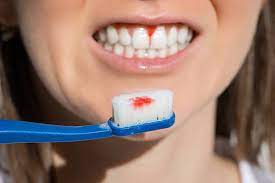
-
- Eating these foods can help bone fracture patients recover their health
- By Jason 05 Mar,2024

-
- How to relieve migraine after tooth extraction and its causes
- By Jason 14 Mar,2024
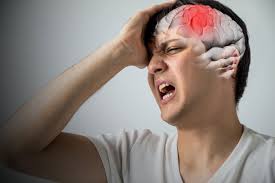
-
- The cause of abdominal bowel sounds
- By Jason 05 Mar,2024

-
- SUMMER DRESSES FOR DIFFERENT BODY TYPES
- By Fatima Amir 08 May,2024
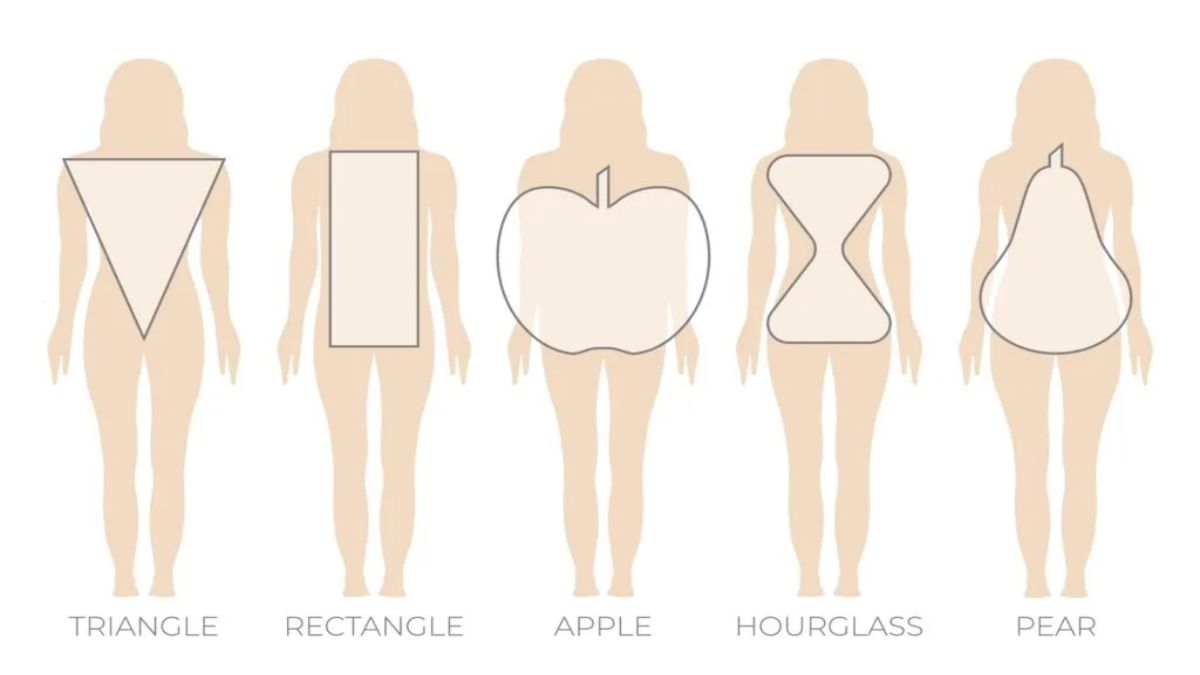
-
- 5 Non-surgical Beauty Treatments for Better Skin
- By Fatima Amir 07 May,2024

-
- 6 Yoga Postures for Staying Fit in your 60s
- By Fatima Amir 17 May,2024
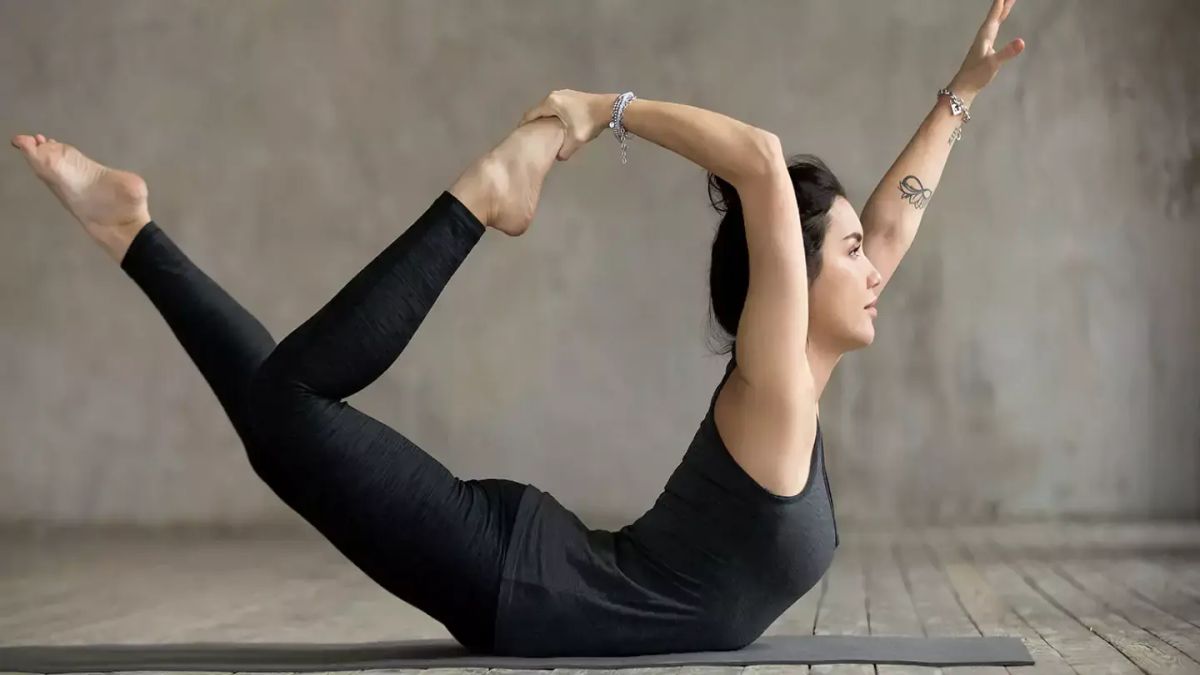
-
- How to Alleviate Lower Back Pain Through Diet
- By Jason 05 Mar,2024

-
- Life Insurance for Different Life Stages_ What to Consider.docx
- By Prodosh Kundu 14 Aug,2024

-
- Possible causes of facial swelling
- By Jason 06 Mar,2024

-
- Questions to Ask your Doctor after Menopause and Health Chechups
- By Fatima Amir 23 May,2024

-
- Things You Need to Know About Gum Bleeding
- By Dr. James 21 Mar,2024
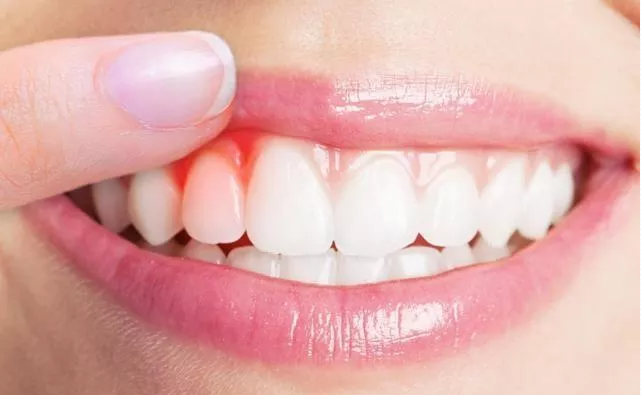
 1
1 1
1